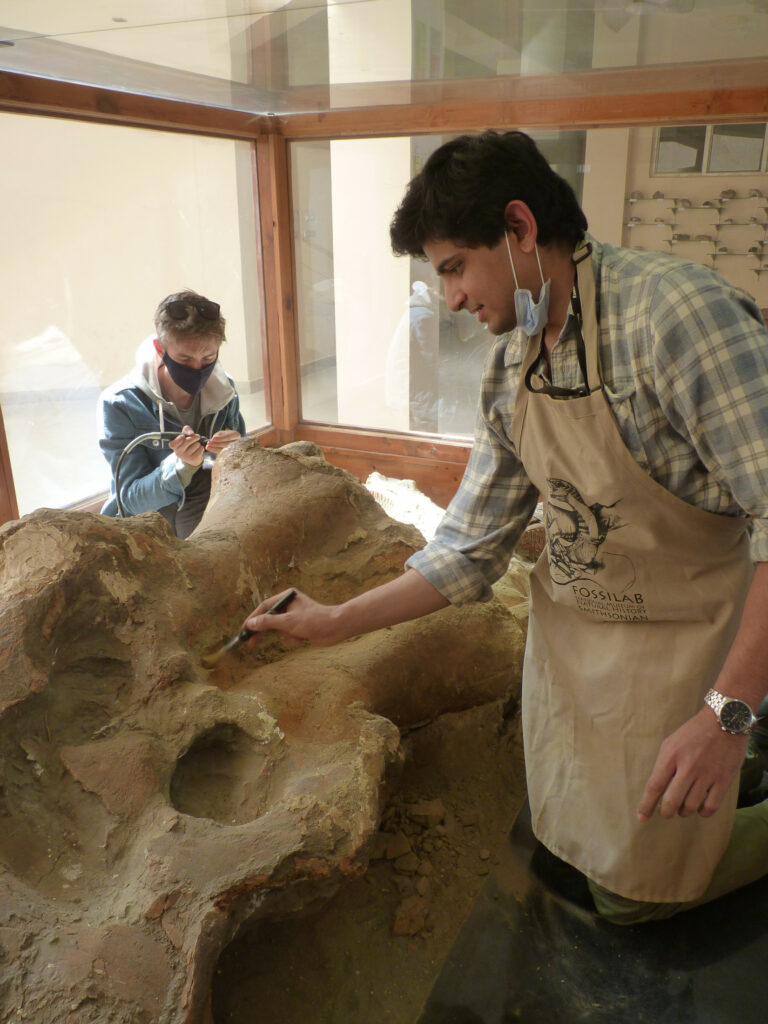- Get link
- X
- Other Apps
- Get link
- X
- Other Apps

A new study of fossils from the giant elephant Palaeoloxodon turkmenicus, discovered in 2000 in Kashmir Valley, northern India, reveals that hominins were extracting marrow from the bones between 300,000 and 400,000 years ago. Advait Jukar, a researcher at the Florida Museum of Natural History, and his team found a bone flake at the site, which they believe was formed through repeated hammering with stone tools—87 of which were also discovered nearby.
Jukar explained that the bone had been struck multiple times in an attempt to initiate a fracture, with some failed attempts followed by more forceful blows, likely with a heavier hammerstone, to fully break the bone. The shape of the flake closely resembles those produced in marrow-processing experiments conducted by researchers. The tools at the site were made of basalt, a material not found locally, which suggests the hominins may have traveled from another location to access the resources.
The question remains whether the hominins hunted the elephants or scavenged already-dead ones, but this discovery marks the first clear evidence of elephant marrow consumption by hominins in the Kashmir Valley. "Now we know for sure, at least in the Kashmir Valley, these hominins are eating elephants," Jukar concluded.
This finding offers new insights into early human behaviors and their interaction with large animals. What do you think this discovery tells us about the resourcefulness and mobility of these early hominins?
- Get link
- X
- Other Apps